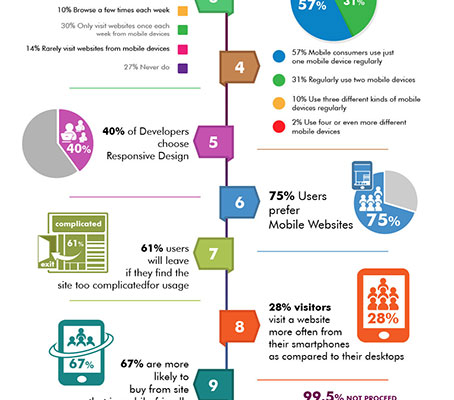Keen To Find How Web Site Style Has Changed Gradually? Dive Into The Advancement From Simplicity To User-Focused Experiences
Keen To Find How Web Site Style Has Changed Gradually? Dive Into The Advancement From Simplicity To User-Focused Experiences
Blog Article
Produced By-Tobiasen Hyldgaard
In the past, websites were simple and focused on details. Navigation was straight, and design was for desktops. Now, customer experience is essential. Information guides designs for simple navigating. Responsive designs match various tools. Today, dark mode lowers pressure, and minimal menus improve navigation. Interactive functions engage users, and vibrant visuals attract attention. AI assimilation enhances engagement. See exactly how design has actually advanced to improve your on-line trip.
Very Early Days of Web Design
In the early days of website design, simplicity reigned supreme. Websites were fundamental, with minimal shades, font styles, and formats. The emphasis got on providing details as opposed to flashy visuals. Individuals accessed the net with sluggish dial-up connections, so speed and performance were crucial.
Navigating food selections were straightforward, commonly situated at the top or side of the web page. click the up coming web site were designed for computer, as mobile surfing wasn't yet widespread. Web content was king, and developers focused on very easy readability over complicated design elements.
HTML was the main coding language used, and designers had to function within its constraints. Computer animations and interactive features were minimal compared to today's standards. Internet sites were fixed, with little dynamic material or individualized user experiences.
Increase of User-Focused Design
With the advancement of web site design, a shift in the direction of user-focused design principles has actually ended up being progressively popular. Today, creating internet sites that focus on user experience is essential for involving visitors and attaining company goals. User-focused style involves understanding the demands, choices, and actions of your target audience to tailor the internet site's format, material, and features as necessary.
Developers currently conduct extensive study, such as user studies and functionality screening, to collect insights and feedback straight from users. This data-driven strategy assists in producing user-friendly navigation, clear calls-to-action, and aesthetically attractive user interfaces that resonate with visitors. By placing the individual at the facility of the style procedure, sites can supply a much more individualized and pleasurable experience.
Responsive design has actually likewise become a crucial facet of user-focused layout, making sure that internet sites are enhanced for various tools and screen sizes. This adaptability boosts availability and functionality, catering to the varied means individuals communicate with websites today. In essence, the increase of user-focused style signifies a shift in the direction of producing electronic experiences that focus on the requirements and assumptions of the end individual.
Modern Trends in Website Design
Discover the latest fads forming website design today. One noticeable trend is dark setting design, providing a smooth and contemporary appearance while reducing eye stress in low-light settings. An additional essential fad is minimal navigating, streamlining food selections and boosting customer experience by concentrating on essential elements. Including micro-interactions, such as animated buttons or scrolling impacts, can develop an extra interesting and interactive site. Receptive design continues to be crucial, making certain seamless user experiences throughout different devices. In addition, making use of strong typography and asymmetrical designs can add visual rate of interest and draw attention to particular web content.
Integrating AI innovation, like chatbots for customer assistance or individualized suggestions, enhances customer involvement and simplifies procedures. Ease of access has likewise come to be a substantial fad, with designers prioritizing inclusive design techniques to accommodate diverse user demands. Welcoming sustainability by optimizing internet site performance for speed and effectiveness is an additional emerging pattern in website design. Collaborating with user feedback and data analytics to iterate and boost style continually is important for staying pertinent in the ever-evolving digital landscape. By embracing these contemporary patterns, you can create an aesthetically enticing, easy to use internet site that resonates with your target market.
Final thought
As you review the evolution of website design from the very early days to now, you can see exactly how user-focused layout has actually ended up being the driving pressure behind modern patterns.
Accept the journey of change and adjustment in website design, always keeping the customer experience at the leading edge.
Tippingpointdigital
Keep existing with the latest trends and modern technologies, and never ever stop progressing your strategy to produce aesthetically spectacular and easy to use websites.
Develop, adapt, and produce - the future of web design is in your hands.
